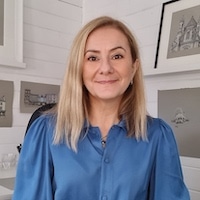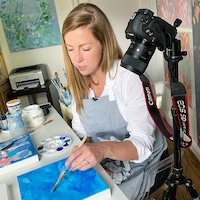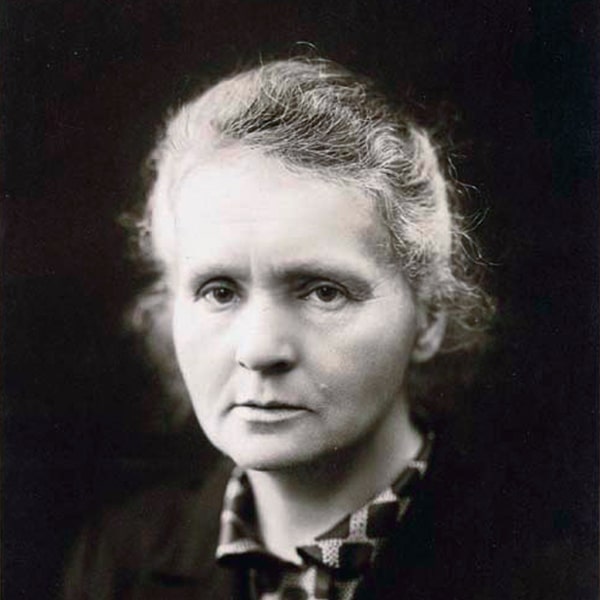
(from l.) Omar M. Yaghi, Susumu Kitagawa, and Richard Robson. (Photos courtesy of the Nobel Prize)
The Nobel Prize is arguably the most prestigious award to receive in one’s field, whether it be in literature, economics, physics, or peace advocacy. This year, Susumu Kitagawa, Richard Robson, and Omar M. Yaghi have received the Nobel Prize in Chemistry for their work on metal-organic frameworks (MOFs). The three laureates will be honored during an award ceremony on December 10, 2025, at Konserthuset in Stockholm.
Per the Noble Prize committee, Kitagawa, Robson, and Yaghi are being recognized for their development of a new molecular architecture, featuring large spaces through which gases and other chemicals can flow. These MOFs can offer critical solutions to our ongoing climate crisis, including harvesting water from desert air, capturing carbon dioxide, storing toxic gases, and catalyzing chemical reactions.
“[MOFs] have enormous potential, bringing unforeseen opportunities for custom-made materials with new functions,” Heiner Linke, chair of the Nobel Committee for Chemistry, noted in a statement.
In the MOFs created by the three chemists, metal ions function as cornerstones that are linked by long organic molecules. These ions and molecules are then organized together to form crystals that contain large cavities—or “rooms”—that target, capture, and subsequently store specific chemicals that humans hope to discard, such as “forever” chemicals (known as PFAS). These innovations ultimately paved the way for other chemists, allowing them to design tens of thousands of different MOFs.
Kitagawa, Robson, and Yaghi each began working independently on the structures throughout the 1970s and 80s. In 1989, Robson combined positively charged copper ions with a four-armed molecule, forming a “well-ordered, spacious crystal,” according to the committee. Despite noticing the potential, Robson also found the construction to be unstable. But Kitagawa and Yaghi provided the firm foundation Robson sought. Between 1992 and 2003, Kitagawa proved that gases can flow in and out of the constructions, while also predicting that MOFs could be made flexible. Yaghi, on the other hand, created a stable MOF, showing that it could be modified using rational design.
Kitagawa received his PhD in 1979 from Kyoto University in Japan, where he now teaches. Robson is currently a professor at the University of Melbourne in Australia, where he has taught since 1966. Yaghi received his PhD from the University of Illinois Urbana-Champaign and is now a professor at UC Berkeley. The three winners will share a prize of 11 million Swedish kronor (about $1.17 million).
The Nobel Prize committee has announced all of this year’s winners, including Hungarian author László Krasznahorkai for the Nobel Prize in Literature and Venezuelan opposition leader María Corina Machado for the Nobel Peace Prize. Learn more about all the 2025 recipients on the Nobel Prize website.
Susumu Kitagawa, Richard Robson, and Omar M. Yaghi have received the Nobel Prize in Chemistry for their work on metal-organic frameworks, which can offer critical solutions to our ongoing climate crisis.

A Nobel Prize medal. (Public domain)
Sources: Nobel Prizes 2025; The Royal Swedish Academy of Sciences has decided to award the Nobel Prize in Chemistry 2025 to Susumu Kitagawa, Richard Robson, and Omar M. Yaghi; Popular science background: They have created new rooms for chemistry; Chemistry Nobel awarded for work on new materials that could help planet; Nobel Prize in Chemistry Awarded to Architects of Metal-Organic Frameworks
Related Articles:
Researchers Recreate the Elusive Egyptian Blue, the World’s Oldest Synthetic Pigment
19-Year-Old Wins $100K for Creating Cheaper Way To Make Antiviral Drugs From Corn Husks
NASA’s Perseverance Rover Has Discovered Potential Signs of Ancient Microbial Life on Mars






















































































